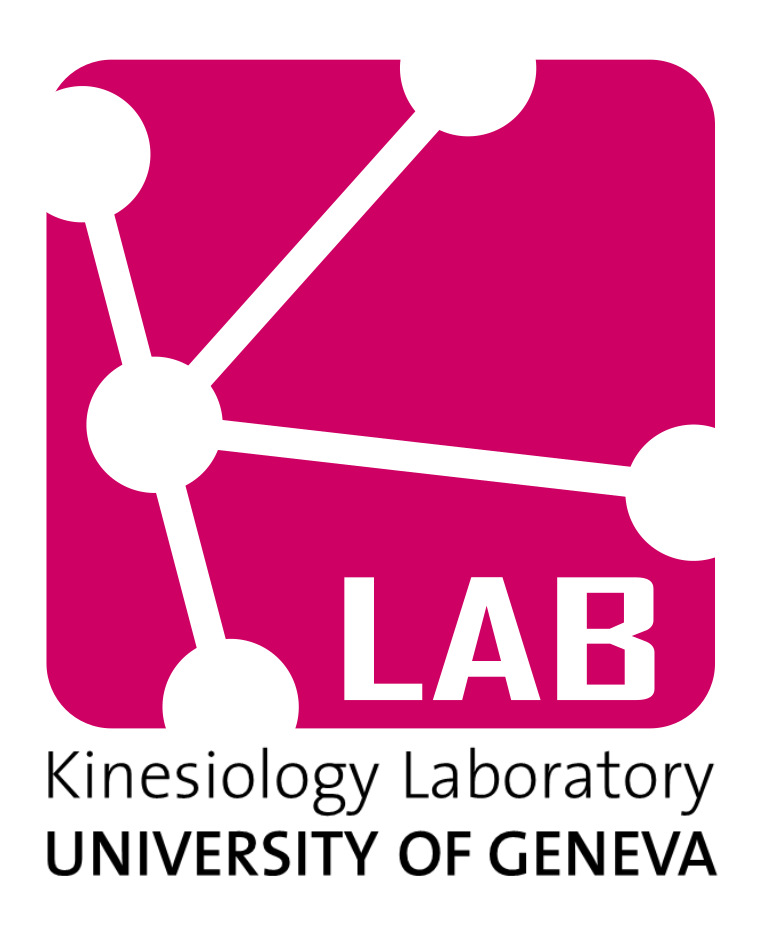Projects
NSCLBP Children Project

|
NSCLBP Children |
| Title | Non-specific chronic low back pain (NSCLBP) in children and adolescents: Electromyographic, kinematic and psychosocial characterization |
| Dates | 2014-2018 |
| Principal investigator | Anne Tabard-Fourgére (K-Lab, UNIGE/HUG) |
| Other investigators | Stephane Armand (K-Lab, UNIGE/HUG), (K-Lab, UNIGE/HUG), R. Dayer |
| Institutional collaborations | Pittet V (HES Physiothérapie), Vuillerme N (Université de Grenoble) |
| Funding | Medtronics (60000 CHF), Depuy Synthese (40000 CHF) |
| Keywords | Low back pain, cluster analysis, electromyography, biomechanical phenomena, child, adolescent |
| Website | Not available. |
| Related articles |
|
Abstract
The majority of the worldwide population (80%) suffers from low back pain (LBP) over life. LBP becomes chronic (CLBP) in 10 to 15% of (all) adult cases yielding important functional and socio-economic adverse repercussions. The majority of LBP (85%) is classified as “non-specific” (NSCLBP), i.e. with an absence of any identified cause. LBP prevalence in children and adolescents is comparable to adults. Despite the low incidence of serious associated diseases, the fear of missing them increased patient’s exposure to radiation. However, an absence of significant correlation between radiology changes in the lower spine and low back pain was reported for school children. An interesting tool, often used in adult population, is to evaluate surface electromyography (EMG) of low back muscles. Existing EMG phenomena were reported to discriminate adults with and without NSCLBP: faster muscular fatigue associated with a reduced performance time during trunk extensor muscle endurance test, absence of flexion-relaxation phenomenon and guarding hypothesis during gait at different velocities. This project aimed to evaluate EMG characteristics in children and adolescents with NSCLBP in comparison with control participants with several complementary studies.
